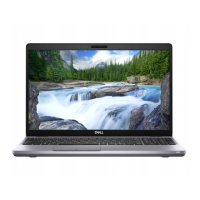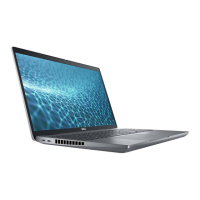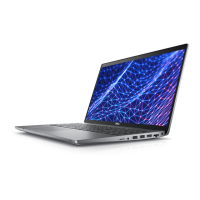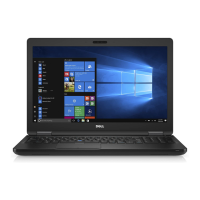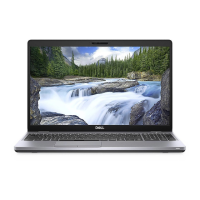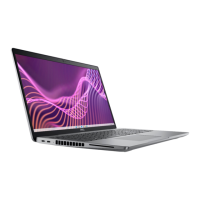When you notice screen abnormalities like flickering, distortion, clarity issues, fuzzy or blurry image, horizontal or vertical lines,
color fade etc., it is always a good practice to isolate the LCD (screen) by running the Built-In Self Test (BIST).
How to invoke LCD BIST Test
1. Power off the Dell laptop.
2. Disconnect any peripherals that are connected to the laptop. Connect only the AC adapter (charger) to the laptop.
3. Ensure that the LCD (screen) is clean (no dust particles on the surface of the screen).
4. Press and hold D key and Power on the laptop to enter LCD built-in self test (BIST) mode. Continue to hold the D key, until
the system boots up.
5. The screen will display solid colors and change colors on the entire screen to white, black, red, green, and blue twice.
6. Then it will display the colors white, black and red.
7. Carefully inspect the screen for abnormalities (any lines, fuzzy color or distortion on the screen).
8. At the end of the last solid color (red), the system will shut down.
NOTE: Dell SupportAssist Pre-boot diagnostics upon launch, initiates an LCD BIST first, expecting a user intervention
confirm functionality of the LCD.
System-diagnostic lights
Power and battery-status light
The power and battery status light indicates the power and battery status of the computer. These are the power states:
Solid white:Power adapter is connected and the battery has more than 5% charge.
Amber:Computer is running on battery and the battery has less than 5% charge.
Off:
● Power adapter is connected, and the battery is fully charged.
● Computer is running on battery, and the battery has more than 5% charge.
● Computer is in sleep state, hibernation, or turned off.
The power and battery-status light may blink amber or white according to pre-defined "beep codes" indicating various failures.
For example, the power and battery-status light blinks amber two times followed by a pause, and then blinks white three times
followed by a pause. This 2,3 pattern continues until the computer is turned off, indicating no memory or RAM is detected.
The following table shows different power and battery-status light patterns and associated problems.
NOTE:
The following diagnostic light codes and recommended solutions are intended for Dell service technicians to
troubleshoot problems. You should only perform troubleshooting and repairs as authorized or directed by the Dell technical
assistance team. Damage due to servicing that is not authorized by Dell is not covered by your warranty.
Table 8. Diagnostic-light LED codes
Diagnostic light codes
(Amber,White)
Problem description
1,1 TPM detection failure
1,2 Unrecoverable SPI Flash Failure
2,1 Processor failure
2,2 System board: BIOS or ROM (Read-Only
Memory) failure
2,3 No memory or RAM (Random-Access Memory)
detected
2,4 Memory or RAM (Random-Access Memory)
failure
2,5 Invalid memory installed
2,6 System-board or chipset error
100 Troubleshooting

